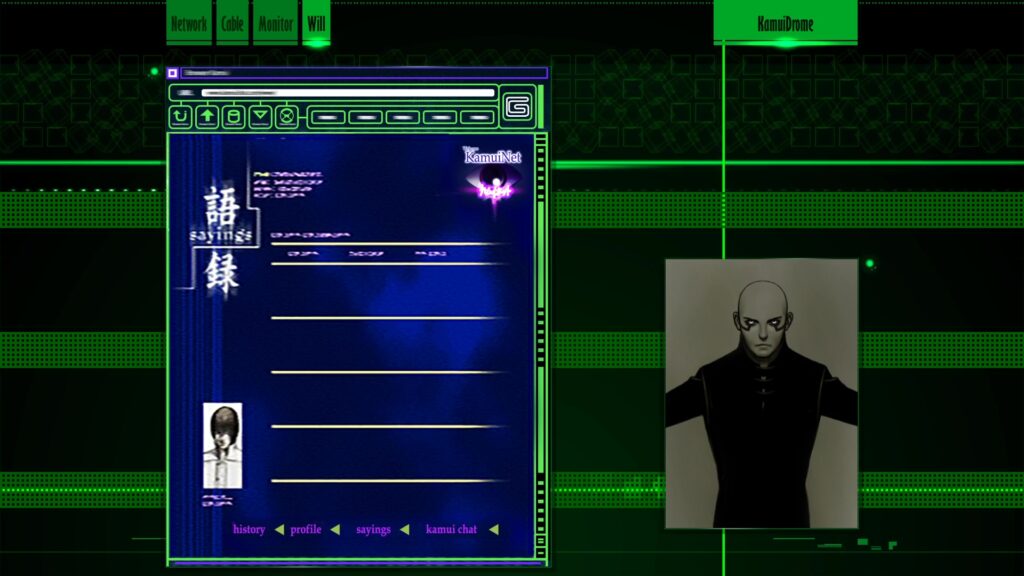Despite some ostensive agreements with leftist criticisms of Japanese society at the time, Inoue was always radically conservative. After World War II, he would remain a prominent figure in far-right Japanese politics until his death in 1967 (563). As Stephen Large, my primary source on the Ketsumeidan, observes, “Inoue’s prescriptions for the future would have appealed to many left-wing revolutionaries in Japan, as well as to the extreme right-wing. At the same time, these revolutionary impulses in the nationalism of the Ketsumeidan were qualified by Inoue’s adamant insistence on devotion to the emperor and kokutai” (546). There is often an insidious surface-level overlap between far-right rhetoric and leftist critiques. Consider also that the Tokkō officially agreed with Marxist critiques of capitalism and openly used Marxist terminology even as they arrested and tortured socialists (Tipton 131). The police aimed to control thought by logical argument as well as by terror, maintaining that the emperor could subsume the contradictions of capitalism.
In the Ketsumeidan Incident and these other terrorist plots, the word translated as “incident” is “jiken” (事件), the same translated as “case” in Silver Case (シルバー事件). The Silver Case, then, is contextualized within the same history of Japanese political assassinations. But this is not to overstate the point: jiken is a normal word that refers to scandals, incidents, criminal cases, etc. and, as anyone (like me) who has even casually studied Japanese history knows, many other episodes.
From the terrorists’ perspective, the Ketsumeidan Incident was certainly less successful than Format Kamui’s Silver Case: the assassins meant to kill twenty people, not two. And whereas the police in The Silver Case aim to extinguish the very memory of Kamui, real Japanese police largely respected Inoue as a patriot (Large 553) because they were, unsurprisingly, themselves right-wing nationalists devoted to the kokutai. Yet there are many parallels.

Format Kamui is not the highest order of “facts” and serves as a misleading tool of the oligarchs or FSO. Even so, the writing has his example, as much as Fujiwara’s, becoming the savior Kamui: the ideal of hope, of the new millennium, of the change of the established social order through assassination that the player is made to identify with.
There is an argument that The Silver Case is an overtly fascist, or at least far-right, text. Uehara, after all, continues serving the police who execute civilians, which is only amplified in The 25th Ward. And the conclusion of Transmitter, as I already observed, is still the police carrying out another extrajudicial execution and never aiming to actually redress any of their wrongs. Based on Travis Strikes Again, in which Uehara calls himself an observer, he just becomes a high-ranking member of the even more ruthless totalitarian Readjustment Bureau.
The messaging of The Silver Case is mixed, but various factors complicate and challenge the right-wing reading as well. To respond to the preceding points on an elementary level, “jiken” is by no means particularly associated with far-right incidents even in the context of the late Meiji, Taishō, and pre-World War II Shōwa periods. For instance, the thwarted 1910 anarchist plot to assassinate the royal family and certain government ministers, the Great Treason Incident (大逆事件), is what originally led to the formation of the Tokkō (Tipton 18–19). So the term is, of course, not used only for far-right crimes like those above or for financial, unpolitical criminal cases, such as the Glico-Morinaga case. Moreover, the lionization of criminal and terrorist martyrs is by no means a uniquely conservative trait. Consider the more genuinely radical, or at least liberatory, politics of martyrs such as John Brown, who carried out murders of slave owners in the United States and organized a revolt, or Ali La Pointe, who carried out terrorist attacks against France in Algeria.